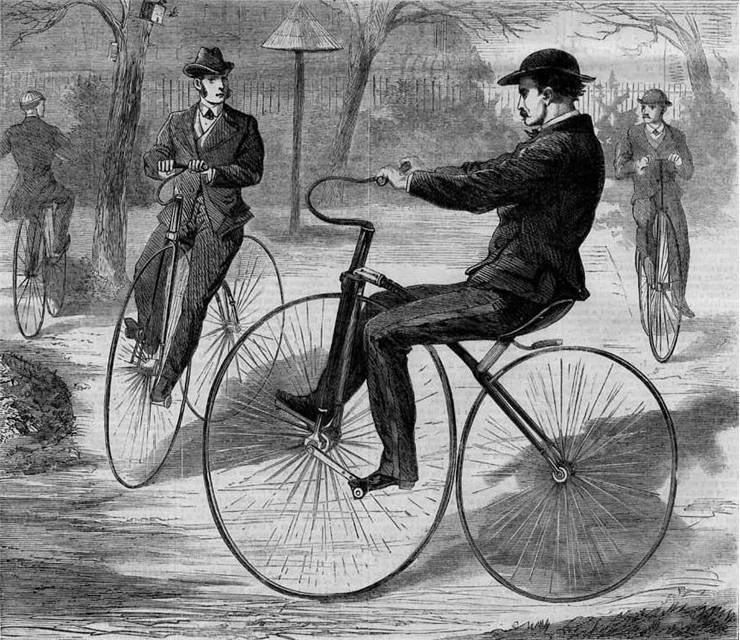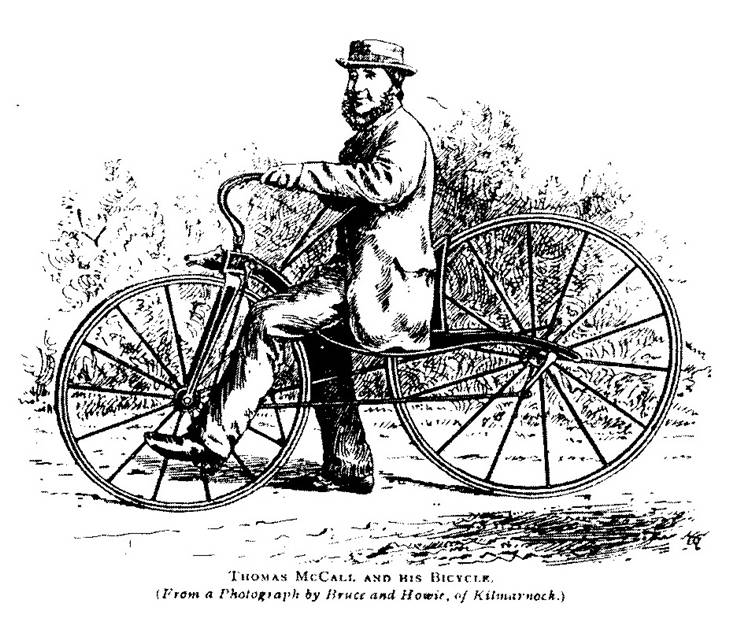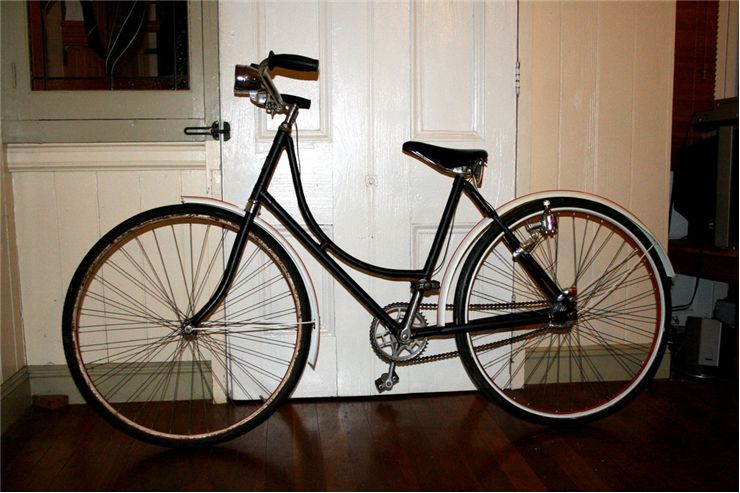Who invented the Bicycle?
From medieval Italy to the 19th century France, four major inventors contributed to the rise of the bicycle. Some created true innovations, others improved upon earlier models, but only one man is today regarded as the true inventor of the bicycle. Frenchman Pierre Michaux (together with his son Ernest and partner Pierre Lallement) created first pedal based bicycle during early 1860s. That moment started long and successfully history of bicycle that we all know and use today.
Bicycle history started in 1493 when one student of Leonardo da Vinci drew crude designs in one of his documents. After discovering that designs in 1970s many scientists suspected that those drawings were based from some older Da Vinci invention or that picture was not authentic. No mater what really happened, today we know that those bicycle designs were never produced into working model. For over 300 years horses and carriages remained the only affordable and convenient way of public road transport.
First archetype of a bicycle appeared in 1817 Germany. Simple wooden velocipede called “draisine” with no pedals or any other means of mechanical drive was created by the Baron Karl von Drais. That model was soon refined to more usable design, most notably on popular wooden “dandy horse” design of Denis Johnson in London. Use of dandy horses was not widespread for several reasons – other road commuters did not tolerate velocipede users and manufacture of every bike had to be custom made for the characteristics of each user.
True bicycle revolution started in early 1860s with the invention of pedal. Two French carriage makers Pierre Michaux and Pierre Lallement started production of their bike. Addition of pedals greatly improved mobility of the bicycle, but still the greatest problem regarding those bikes were wooden wheels that produced very shaky drive. Popular name of their bikes at that time was “boneshaker”. After several successful years of mass manufacturing bicycle craze remained high only in England. There, several major inventions happened, most notably use of high wheel bicycles (with two, three and even four wheel configurations) and pneumatic tires.
Final great landmark of bicycle history happened in 1885 with the appearance of John Kemp Starley’s “safety bicycle”. Equipped with standardized metal frame, rear wheel chain drive and pneumatic wheels, this model became instant success. Everyone was able to drive it, and its use became widespread all across the world. During the following 20 years all essential parts of the modern bike became standardized - basic diamond shape made from metal, pneumatic rubber tires, roller chain, one gear and coaster brakes.
Today’s bikes can hold many interesting innovations, but history tells that addition of pedals by Pierre Michaux still remain as one of the greatest bicycle inventions of all time.


